I’m a pushover for powerful art. Are you?

Daniel Chester French. The Lincoln Memorial
And by “powerful” I often mean Big. Big in size, Big in ideas, Big in meaning, Big in its very conception.
a multi-disciplinary dialog
I’m a pushover for powerful art. Are you?

Daniel Chester French. The Lincoln Memorial
And by “powerful” I often mean Big. Big in size, Big in ideas, Big in meaning, Big in its very conception.
Some time back (2005) the BBC conducted a poll in England that asked people to pick out the most popular painting in their land. In a field crowded with van Gogh’s evocative pictures and Monet’s breathtaking impressions, the winner turned out to be a rather ordinary-by-today’s-standards painting by J.M.W. Turner titled the ‘The Fighting Temeraire’. Somewhat more surprising was the fact that the second prize also went to a similarly bucolic oil painting by Constable – ‘The Haywain’. (Arnolfini Portrait by Jan van Eyck was ranked fourth – one of my favorites) more… »
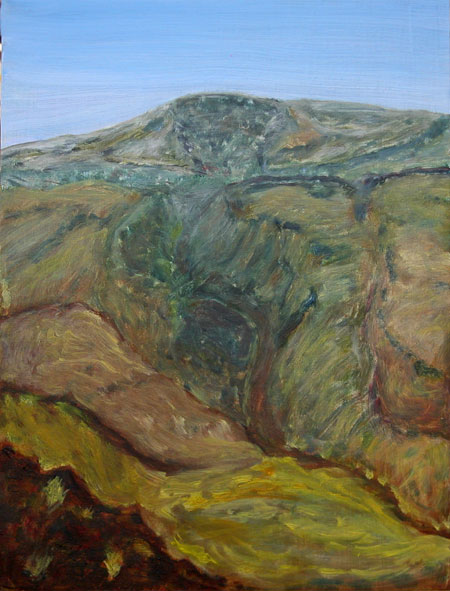
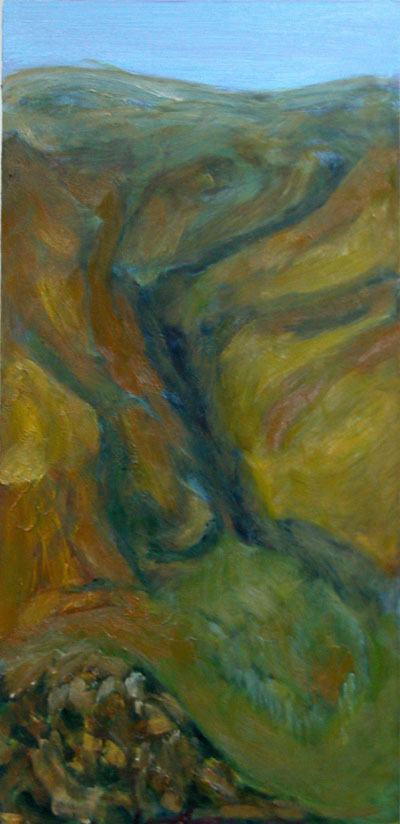
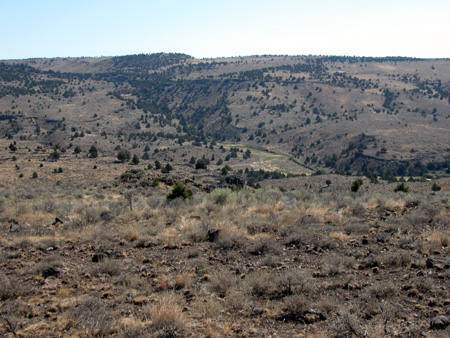
Underwood, Stinking Water Area, large and small oil on masonite, and a photograph, off the Stinking Water Acess Road.
“I took my easel and canvas and brushes to the top of the bluff, and painted two views from the same spot…. From this enchanting spot there was nothing to arrest the eye from ranging over [the Missouri’s] waters for the distance of twenty or thirty miles.”
[Artist George Catlin, as quoted in William H. Truettner, The Natural Man Observed: A Study of Catlin’s Indian Gallery (Washington, D.C.: Smithsonian Institution Press, 1979), p. 247, found on the of the Smithsonian website.
As Karl said (here) one has to become acquainted with the landscape before one can paint it. And as George Catlin remarked about a different landscape “there was nothing to arrest the eye…for the distance of twenty or thirty miles.
Aside from artistic masochism, why do we paint landscapes?
I posted sometime back on living the art life and how it would be great to have one’s personality be in tune with art such that the art and person blossom to their fullest… I was thinking about the art life a lot after reading reports on art done by people of questionable backgrounds (some of whose victims are now demanding that the artworks be rescinded and not be considered works of art). more… »
I’m just back from a pleine aire, oil painting workshop and it seems that my topic — to paint in the middle in the muddle or to recollect in tranquility — has arisen again on A&P. Hi Sunil…..
Obviously I’m fascinated with the immediate ambiance as much as I am with the final product. The milieu from which I just returned, however, had its problems. The big one was the lack of focus within the landscapes we were asked to paint. So the topic of the day is — how do you find your viewpoints and hold them? more… »
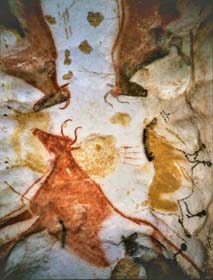
David Lewis-Williams in The Mind in the Cave and Inside the Neolithic Mind postulates that religion has its origins in hard-wired brain functions he calls “states of altered consciousness.” Among these altered states are the hypnogogic (just prior to and awakening from sleep) as well as states induced by consciously chosen activities, for example, rhythmic dancing, meditation, and persistent highly rhythmical sound patterns. And then there are the other well-known states, whether chosen or inflicted, that alter consciousness — ingestion of psychotropic substances, intense concentration, fatigue, hunger, sensory deprivation, extreme pain, migraine, temporal lobe epilepsy, hyperventilation, electrical stimulation, near-death experiences, and schizophrenia and other pathological conditions (Inside the Neolithic Mind, page 46).
These states of consciousness, combined with homo sapiens’ ability to remember the visions that occur in such states, says Lewis-Williams, account for the rise of religion, some social organizations (primarily religious hierarchies), and the early paintings and art found in western Europe at places like the caves of Lascaux well as in the Near East around the upper reaches of the Tigris-Euphrates, Jordan, and Turkey. more… »
I’m in a maundering mood, trying to pin down the meaning of a tiny revelation I had the other day.
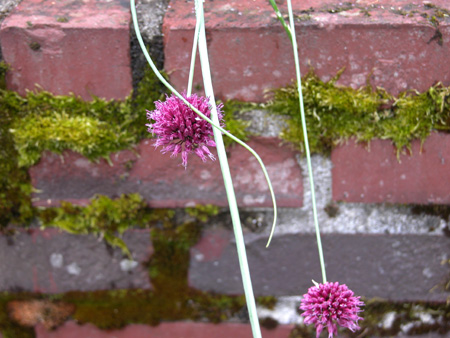
I was doing my 7 AM walk with my digital camera, getting photos of flowers, shrubbery, moss, walls, the usual panoply of residential flora on the pleasant July streets of Portland Oregon. But suddenly I found myself seeing the foliage and supports, stems and stamens, bricks and buds, as Art.